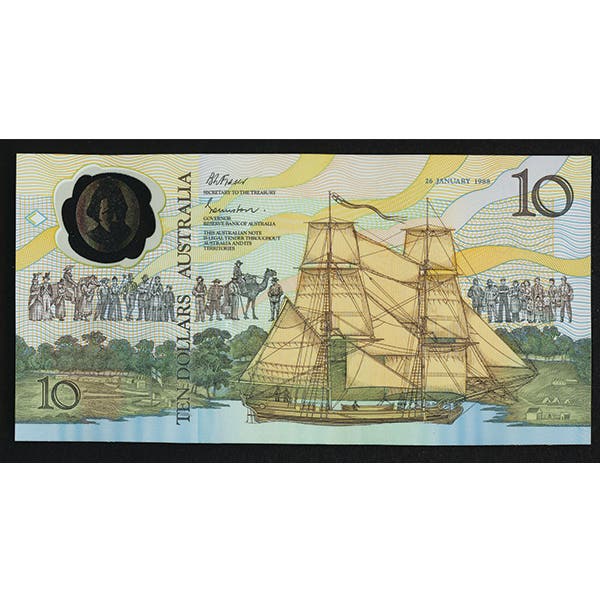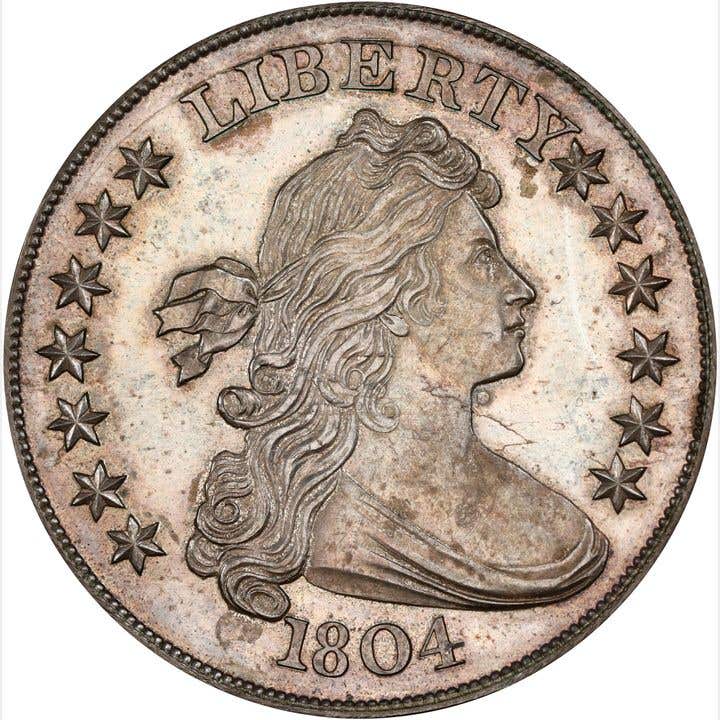Collecting Native American Dollars
Native American Dollar coins, with their unique designs rooted in history, provide a fascinating journey through the culture of America’s Native people.
In 2009, the U.S. Mint launched its Native American $1 Coin Program. The coins recognize important contributions made by Native American tribes and individuals throughout the history of the United States. All the coins have a common obverse of Sacagawea, first produced in 2000.
Each year, the reverse design changes, creating a growing collection in the making. Let’s take a look at the Native American dollars so far.
2009
The first coin in the series had the theme of agriculture. It is widely acknowledged that the early European colonists wouldn’t have survived if not for the generosity of the native populations sharing their crops and teaching the colonists how to grow their own. The Natives spread their knowledge of the “Three Sisters,” corn, beans, and squash. The practice of raising these three staples in the same plot originated in Mexico and spread throughout North America. Combining the three provided significant productivity for the crops. The tall corn stalks provided support for the beans, which in turn added nitrogen to the soil. The squash covered the ground, which discouraged weeds.
2010
The Great Tree of Peace was a Great White Pine, its five-needle clusters representing the five original nations: Cayuga, Mohawk, Oneida, Onondaga, and Seneca. In the early 1400s, the Haudenosaunee Confederation, or Iroquois Confederacy, symbolically buried weapons at the foot of a Great White Pine, sealing a treaty of peace between the nations. Their peace inspired European settlers, showing them that the confederacies they had only read about before were viable, setting the stage for the modern democracy we have today.
2011
One of the first peace treaties between the Native Americans and European colonists was between the Puritans at Plymouth and the Massasoit of the Pokanoket Wampanoag in 1621.
2012
Native Americans maintained healthy trade between nations across the continent long before European settlers appeared. When the settlers began to go further inland, exploring the New World, they often followed in the company of Natives on their trade routes. These trade routes were the early versions of the modern-day interstate highway system.
2013
The Delaware Treaty of 1778 was the first formal treaty between the United States and a Native American nation. The mutual defense treaty allowed American troops to pass through the Delaware Tribe’s land to attack the British fort at Detroit, Mich. The treaty recognized the Delaware Nation’s sovereignty. The treaty would later become the blueprint for incorporating Native nations into the federal system.
2014
The 2014 coin honors the hospitality shown by the Native Americans to the Lewis and Clark Expedition as they crossed the Continental Divide. Lewis and Clark depended heavily on the tribes’ friendship, supplies, and support.
2015
Native warriors took great pride in their bravery and put their lives on the line to help the people. This pride translated to modern high-risk jobs such as “high iron” construction, essential to the building of skyscrapers. They have been crucial to the development of modern-day America, from the construction of buildings to the construction of bridges.
2016
Code Talkers played an essential role during World War I and World War II. They used their native languages to create secret battle codes. Their efforts paid off as the enemies were never able to decode the messages, resulting in many Allied lives being saved.
2017
The invention of the Cherokee Syllabary by Sequoyah led to thousands of Cherokee becoming literate and gave way to the first Native American newspaper. It opened dialogue between the Cherokee and the U.S. government.
2018
James Francis “Jim” Thorpe became one of the most versatile athletes of the early 20th century. In 1912, Thorpe represented the U.S. at the Olympics held in Sweden. He came in first in eight of fifteen events.
2019
The 2019 coin honors the contributions made by Native Americans in space exploration.
2020
The first anti-discrimination law passed in the U.S. was thanks to Elizabeth Peratrovich in 1945, a member of the Tlingit nation. Her passion resulted in the prohibition of discrimination in access to public accommodations in Alaska. 2020 was the 75th anniversary of Peratrovich’s famous testimony to the Alaskan Senate.
2021
The 2021 coin acknowledges the Native Americans who have served in the U.S. military, starting with the Revolutionary War. They have the highest rate of people to serve in proportion to their population than any other ethnic group.
2022
Ely Samuel Parker is featured on the 2022 Native American dollar. A U.S. Army officer, engineer, and tribal diplomat, Parker served as the military secretary under Ulysses S. Grant.
2023
Maria Tallchief was the first prima ballerina from the U.S. and the first Native American to receive this title. The American Women Quarters Program released her dollar coin the same year as her quarter.
2024
This year, the theme is the Indian Citizenship Act of 1924, signed into law on June 2, 1924. It granted citizenship to all non-citizen Indians born within the United States territorial limits. The Act allowed Native Americans to maintain their identity as Native Americans while gaining the rights and protections of U.S. citizens.
You may also like:









